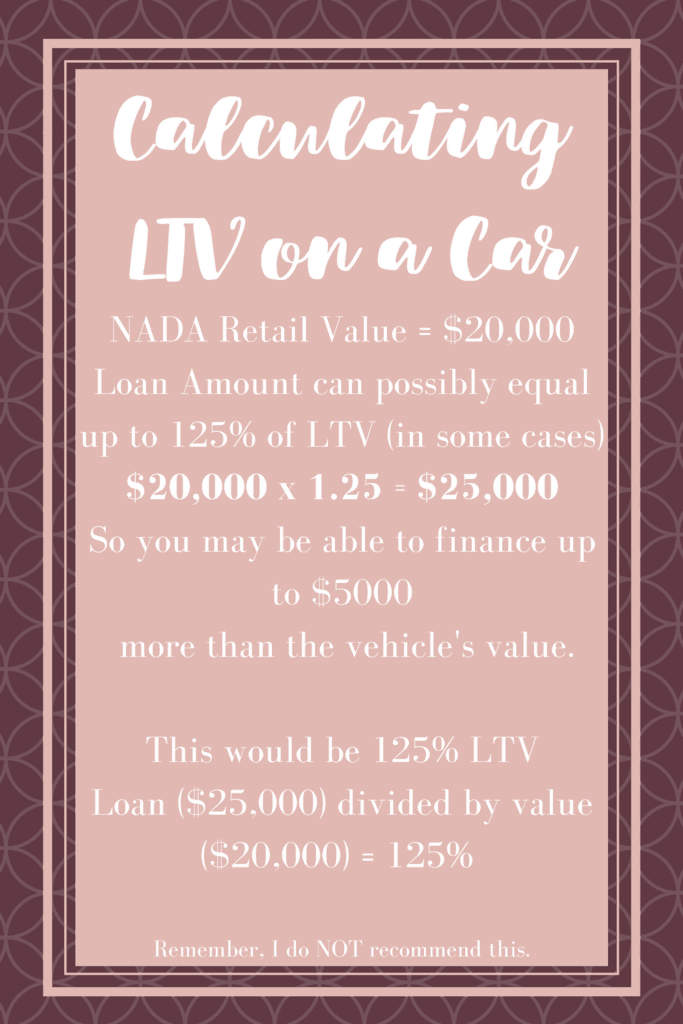This post may contain affiliate links. Click here to read my full disclosure.
It’s the third and final installment of banking terms and definitions, y’all! I’m proud of you for sticking with me through some (let’s face it) pretty boring stuff. Personal finance isn’t very exciting, but by understanding important banking terms such as Loan to Value Ratio, DTI Ratio, and Credit Utilization, you will be a few steps ahead, ready to tackle your finances once and for all. My goal is to educate you on as many aspects of personal finance as possible so that you can pay off more debt, save more money, and achieve financial freedom, affording you the life of your dreams!
If you’d rather watch a quick video, I’ve summed it up in about 5 minutes here. Don’t forget to subscribe to my YouTube channel for more practical money tips!
So What Exactly is the Loan to Value Ratio?
Remember when I told you that debt to income is equal to debt divided by income? So what is loan to value ratio exactly? LTV, or Loan to value, is very similar in that you calculate it just the same. You take the loan amount and divide it by the fair market value of the collateral. Collateral is something pledged as security for repayment of a loan, to be forfeited in the event of a default (i.e. a car, boat, house, etc).
Loan to Value Auto/Car Loan
On a car loan, many lenders will loan up to 125% of the LTV ratio (which is absurd)! This is exactly how many so people get upside down on car loans, owing more than a car is worth. BIG TROUBLE! You can check the value of a car for free by visiting NADA’s website and entering your vehicle’s specifications. I’ve worked for several financial institutions and every single one of them uses NADA to value a vehicle. Most will loan 100% of the retail value, but with an outstanding credit score or low DTI ratio, some borrowers can qualify for higher loan amounts. I can’t stress this enough. That is a very, very bad idea! If you’re upside down on a car loan right now and looking to trade and finance negative equity into another car loan, don’t do it! Instead, read my post on how to sell an upside-down car. Okay…off my soapbox for now. 😉 Below is an example of how to calculate LTV ratio on a car loan.

Most of the time, when purchasing a vehicle, you’d want to calculate the loan to value to ensure your lender will cover any negative equity you may be rolling into the car loan. The only time I recommend doing something like this is if you are paying outrageous payments on a vehicle you purchased new and are upside down but wanting to trade down your vehicle to get out of debt quick. I’ve done this, personally, when my husband and I traded in our minivan for a vehicle that was 1/4 of the cost of the van. It was well worth it, but you have to know when you do this, the car you trade into is going to be your car for many years (or at least until you can save up cash to pay for a replacement). So make sure you choose a reputable vehicle, with low mileage at a great price. You’ll also likely need thousands of dollars to help offset some of the negative equity.
What is Loan to Value in Real Estate
You’ve probably more often heard the term LTV ratio when buying real estate or researching your first home purchase. Depending on what type of home loan you choose, you can purchase a home at up to 100% LTV. Generally, if you put down 20% of the purchase price of the home, you’ll avoid PMI, or private mortgage insurance, and will start off homeownership in a great place, with equity in your home. A home purchase with 20% down is obviously 80% loan to value because your loan divided by value is 80%. Remember that lenders don’t calculate LTV based on the appraisal of the home. So if your home appraises for more than your purchase price, your value (as calculated by the lender) is less than the appraisal. For example, you buy a house for $200,000 in which you put a down payment of 10%, or $20,000. Even though your home appraises for $210,000, your LTV ratio is still 90%. Some lenders offer lender-paid mortgage insurance (which is basically a slightly higher interest rate in exchange for no PMI). Depending on how long you plan on staying in the home, I’d recommend doing this to save for the long-term (especially with rates as low as they are in 2018).
Bottom line is, by knowing your loan to value ratio and how to calculate it, you’ll have an important skill set that will put you in a better financial position. By understanding the amount of equity you have in a home or a car (or boat…you get the idea), you can make a plan to pay off the debt, freeing up your most valuable wealth-building asset (your income) so that you can save more money and create your dream life, whether you need to start saving for your kids’ college, saving for retirement, or just building a legacy that lives on through generations to come!

Life is a collection of memories and experiences. There are ups and downs. I am so grateful for God’s grace and am on the journey to a renewed spirit, free of perfectionism. Perfection Hangover offers the sober truth – no filter.


